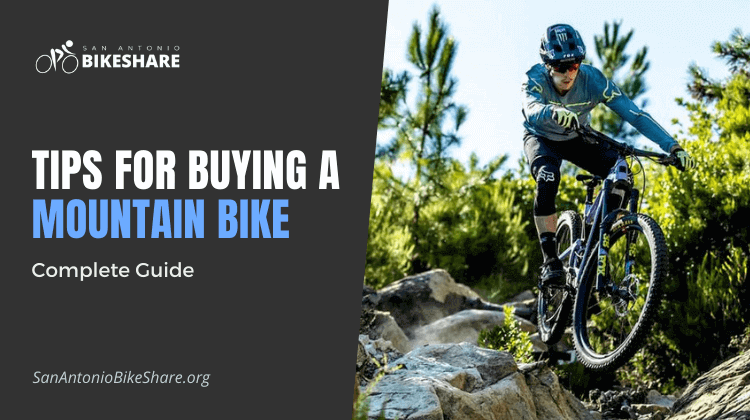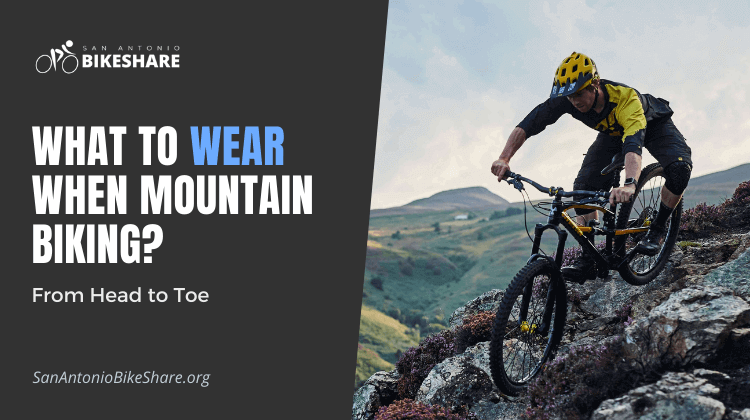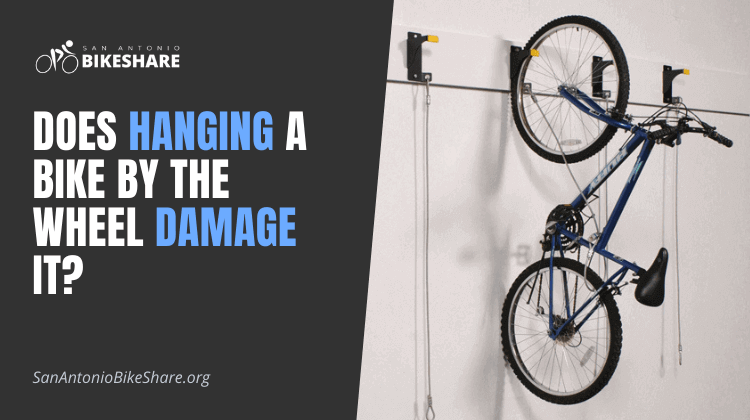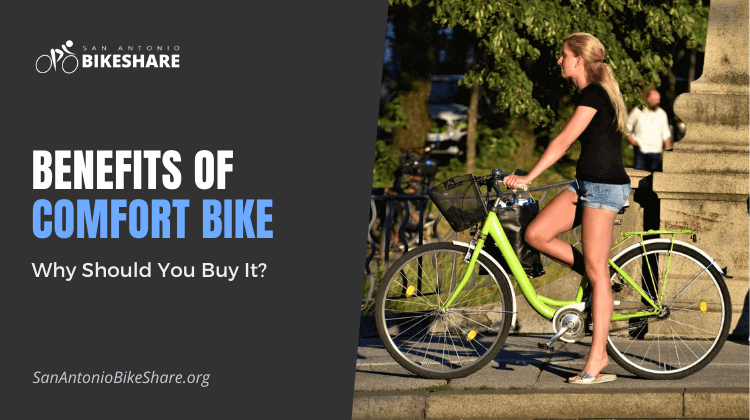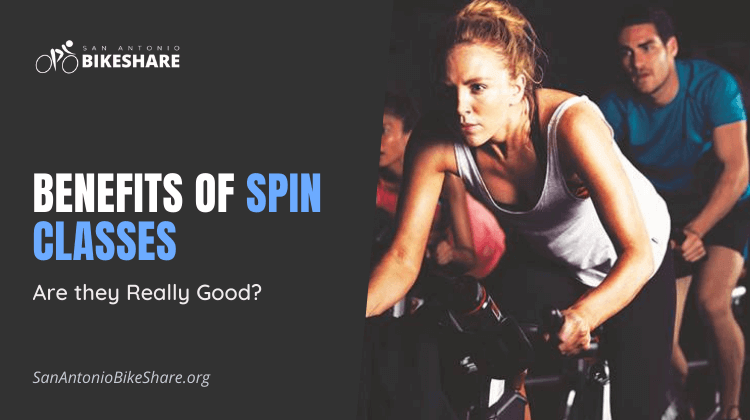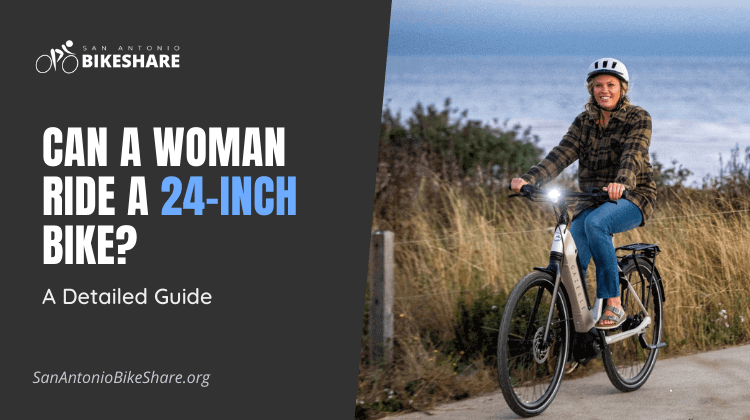Tips for Buying a Mountain Bike | Complete Guide
This article will share some useful tips for buying a mountain bike. Read on to learn more.
When it comes to buying your first mountain bike, there is a dizzying array of bike types, models, and prices to choose from. Having the right advice can help you set realistic expectations and find the ideal mountain bike for your needs.
In this article, I’ll show you six crucial tips to make when buying your first mountain bike.
Let’s begin!
Tips for Buying a Mountain Bike
Here, we mention a few useful tips for buying a mountain bike, so you don’t regret it later.
1. Decide Your Desired Type of Riding
Mountain bikers have seen the sport improve dramatically over the years as it has grown in popularity. In actuality, there have been multiple major annual events held across the world, and the sport has evolved into various riding styles or disciplines. A separate mountain bike, trail, and equipment are required for each discipline.
Your choice of mountain bike is dictated by the type of riding you intend to conduct. Mountain biking is separated into four categories at the moment:
Cross Country (XC)
If you prefer something less severe than other sports, cross country racing is a fantastic option.
This is an Olympic sport in which you race other competitors from point to point through predetermined path segments in the quickest time possible.
To put your endurance and technical handling skills to the test on your bike, you can select from open fire roads to winding single small racks.
Look for a mountain bike with short-travel hardtails and full suspension with more than 120 mm of travel if you love cross-country trips. Climbing on a lightweight bike is also beneficial because it makes an effort much easier.
Downhill
This is the ride for you if you appreciate zooming down the most difficult single-track through rock gardens, severe root sections, and massive drops. These races are exhilarating to watch and fierce to compete in.
Only one rider races down a specified downhill portion, with the winner being the rider who completes the trail in the quickest time. Choose a mountain bike with a strong design, extended suspension travel, and a substantial dual-crown fork to keep you in touch with gravity while riding downhill. A bike with a travel range of 180 to 220 mm is ideal.
Enduro/All-Mountain
Consider enduro if you’re searching for something a little more daring (also known as all-mountain). Their tracks are more complicated than cross country races, with more leaps and drops, making them suitable for thrill-seekers.
The race takes place over multiple days and involves challenging hills as well as timed descents. This sport necessitates a bike that is light enough to allow you to ride regardless of the route or weather conditions.
Unexpected terrains, enormous rock gardens, natural leaps, and dips should not deter you, so make sure your bike wheels are tough and puncture-proof. Choose a bike with 150-180 mm travel.
Trail
On both the uphill and downhill sides, this is a more aggressive kind of cross-country riding, with more tough single tracks.
If you prefer riding modern trail routes with a combination of tough and flowing qualities, this is the biking discipline for you.
Although the downhill is preferred in this event, you should be prepared and conditioned to bike uphill so you can explore more intriguing paths.
You’ll need a full-suspension or hardtail bike with 120 to 130 mm of travel if you want to be a trail rider.
2. How Much Can You Spend on Your First Mountain Bike
Once you’ve decided what kind of riding you want to do, you can start looking for the appropriate bike.
If you’re considering buying a used bike, your budget may be able to assist you narrow down your options.
While used bikes may initially appear to be less expensive, they will require more maintenance in the long run, especially if your bike has full suspension or parts that can flex or break.
A penny pincher can get an entry-level hardtail from a respected brand for roughly $500 or less.
Full suspension bikes, on the other hand, may be more expensive, particularly if they are brand new.
If the bike has more high-end parts and features, it will be more expensive.
This isn’t an issue if you have the funds, but if you’re a beginner, you should start with mid-priced bikes with full suspension and decent hardtails for a more comfortable riding experience.
3. What Size Is Best For You
The size of the bike frame is one of the most crucial factors to consider. Do not rely just on marketing engagements or company-defined sizes, as these can vary depending on the industry.
The bike should be the right fit for you in terms of reach and stack measurements.
Allow adequate standover clearance to allow you to pedal at maximum height without overextending the seat post.
Adjust your riding position with alternative bars, stems, and seat posts depending on the front of your favorite mountain bike.
4. Choose Between a Hardtail and a Full Suspension Bike
The type of riding you want to do as well as your financial limits will decide this. Due to the addition of a rear shock, bearings, linkage, and other components, full-suspension bikes are more expensive.
If you want a low-maintenance bike with fewer chances of disaster, a hardtail is a better choice.
It will almost probably cost nearly as much as a full-suspension bike, but you won’t have to worry about the maintenance.
If you have to choose between quantity and quality, make sure to choose quality.
To see the actual models, read bike reviews or go to the manufacturer’s website. Additional travel is less valuable than good clamping and a good air spring.
5. Go for A Test Drive
Test drives aren’t just for cars and trucks anymore. Give it a spin once you’ve figured out your riding style and found a bike that suits your budget to check if you and the bike are compatible when riding.
Avoid buying bikes over the mail. Instead, get a feel for it at your local bike shop before parting with your hard-earned cash.
Look for nearby bike shops that enable you to test their bikes in the parking lot, so you can examine the brakes, axles, and overall fit while you’re seated and clutching the handlebars.
A test ride is always the best way to ensure you’re getting the most bang for your money, whether you’re buying a new or used mountain bike.
6. Get the Perfect Bike
If you’re happy with the test ride, you may now pay for your bike and take it home. However, don’t rush into making a payment.
If you bought the bike new, check the terms of any warranty that came with it. Make that the warranty is still valid on the date of purchase, especially if you’re buying a bike from the previous year.
Keep an eye out for any additional tune-ups or maintenance services that may be required.
Even if you obtained the bike from a friend, make sure you inspect it completely before buying it.
Check for defects in the structure and make sure the wheels are genuine. Are there any weather cracks on the tires or frayed or stretched cables?
The suspension should be free of leaks, squeaks, and creaks. You could even take it to a bike shop for advice on whether or not the used unit is worth the money.
Conclusion
You’ll feel more at ease walking into a bike store and looking at the latest mountain bikes for sale now that you know what to look for when buying a mountain bike.
Talk to bike owners and listen to their stories, especially if you have similar riding preferences.
If you ride with like-minded people, mountain biking may be a healthful and physically rewarding pastime.
Mountain bikes have many of the same characteristics as ordinary bikes, but they’re built to last longer and perform better in difficult terrain.
They usually have front or full suspension, more durable wheels, large knobby tires, better brakes, and lower gear ratios, all of which are necessary for steep and difficult climbs.

